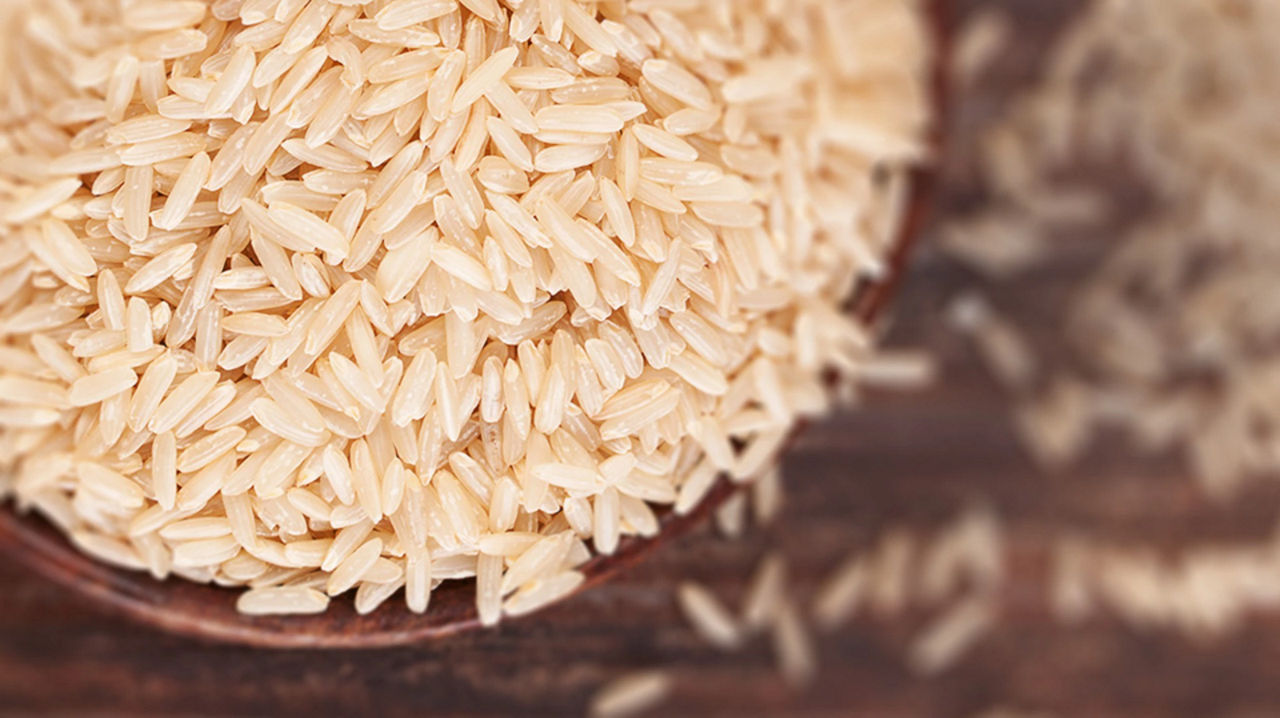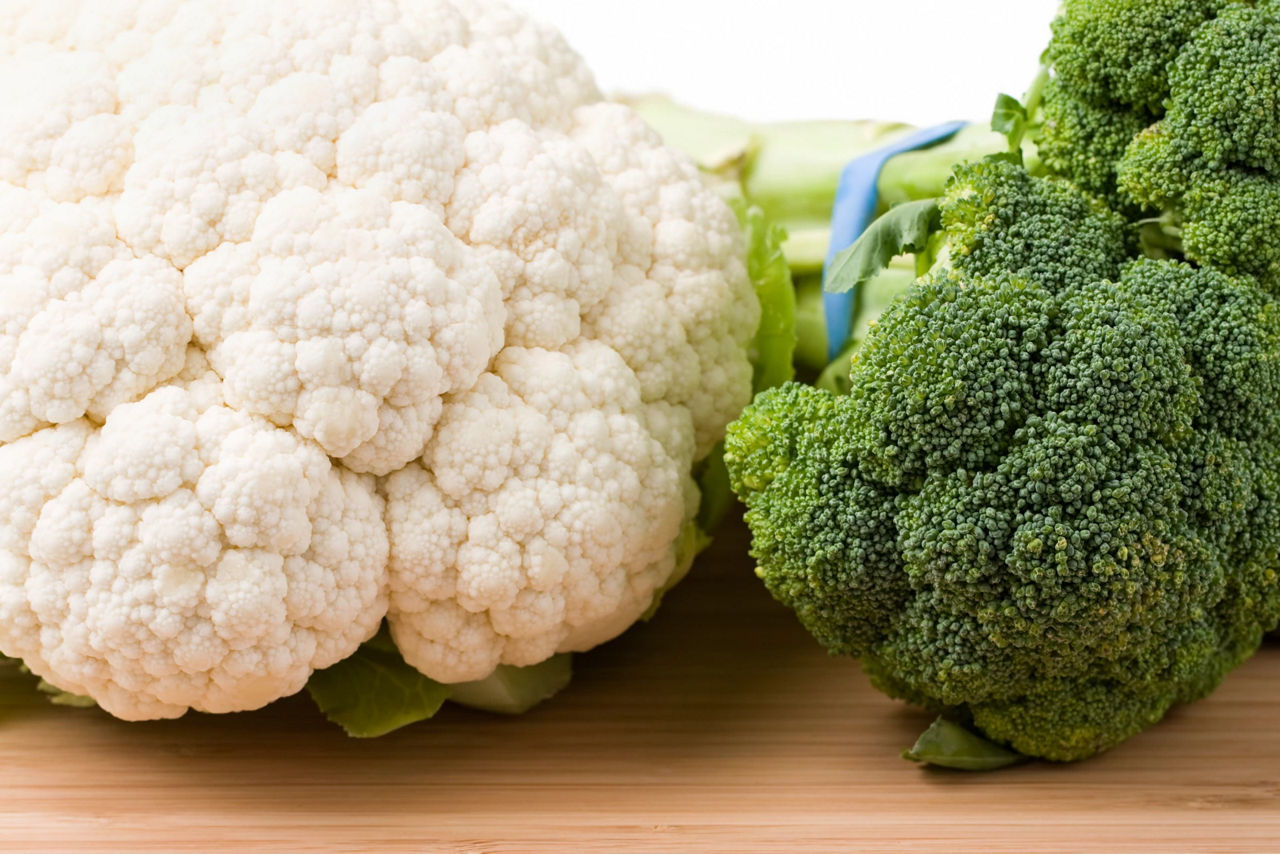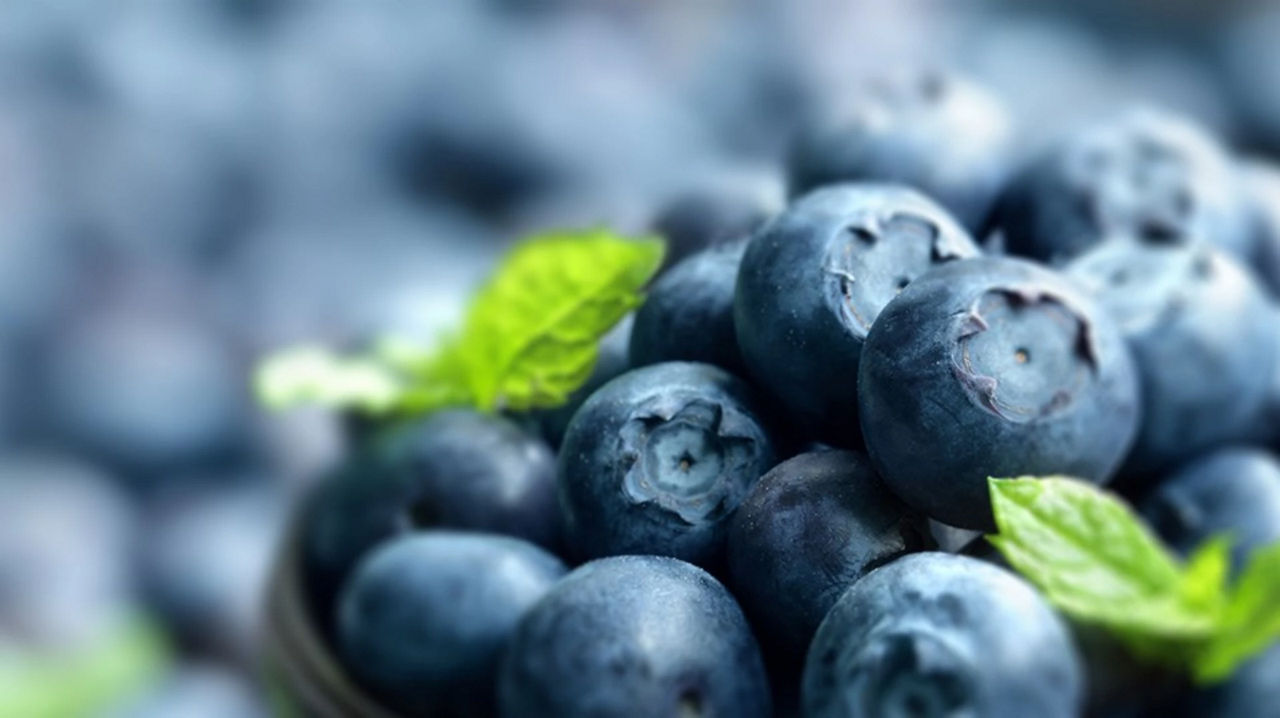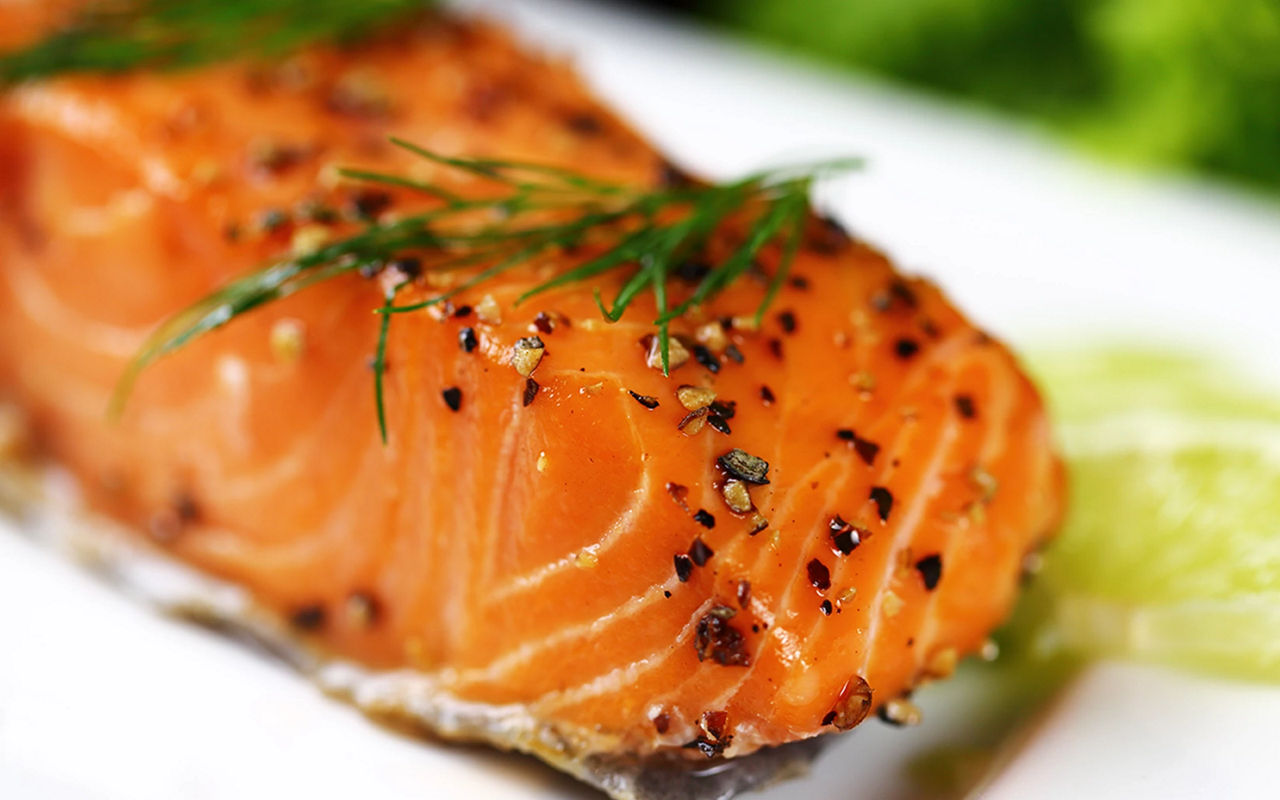Fibre in pregnancy
Fibre is an important part of any diet, and that includes a healthy pregnancy diet. However, many of us simply aren’t getting enough, and should be aiming to get more fibre from the foods we eat1.
Here we’re looking at why fibre is important for pregnant women and its various health benefits, what your ideal fibre intake should be, and which foods are good sources of fibre. We’ll also be providing our top tips for including more fibre foods into your diet.

What is fibre?
Dietary fibre is the term we use to talk about plant-based carbohydrates2. Well-known for it’s role in keeping our digestive system running smoothly, fibre is found in foods such as fruit, vegetables, nuts and seeds, and is the part of the plant that the body doesn’t digest. As dietary fibre moves through your body intact, it helps your body to manage and pass waste more effectively2.
There are two types of fibre; insoluble and soluble fibre.
Insoluble fibre
Insoluble fibre doesn’t dissolve in water and isn’t broken down by the body. Instead, it absorbs water as it travels though the digestive system until it reaches the large intestine. Once here, this dietary fibre adds bulk to your stools, making them easier to pass3.
Good insoluble fibre-rich foods include wholewheat flour, and vegetables including potato and cauliflower3.
Soluble fibre
Soluble fibre does dissolve in water, and once this happens it turns into a gel-like substance. This then slows down its movement through the digestive system, meaning that you feel fuller for a longer period. On its journey through the digestive system, soluble fibre absorbs fluid. This softens your stools and helps them to move through your bowel more easily3. Soluble fibre can also provide a source of short-chain fatty acids when degraded4.
Apples and citrus fruits, as well as barley and vegetables including brussels sprouts, aubergine and peas, are all good examples of soluble fibre foods3.
Why is fibre important?
Ensuring that you have an adequate fibre intake has lots of health benefits, and is linked with a lower risk of a number of diseases including1:
- Heart disease
- Stroke
- Type 2 diabetes
- Bowel cancer
Eating a diet that includes plenty of fibre-rich foods can also help to lower your blood pressure5 and help to keep your blood sugar levels in check6.

Why is fibre important for pregnant women?
Eating plenty of fibre-rich foods is important for pregnant women. The health benefits include lowering the risk of7:
- Diabetes
- Preeclampsia
- Constipation
Getting the right amount of dietary fibre can also help you to maintain a healthy body weight during your pregnancy8. Whilst it’s perfectly normal for pregnant women to gain weight as their baby grows, excessive weight gain can lead to conditions such as high blood pressure and gestational diabetes9.
A healthy, balanced diet during pregnancy is important for your health and that of your growing baby. During your pregnancy, the foods you eat (including fibre-rich foods) can help to support your baby’s healthy growth and development, including that of their brain and immune system7.
How much dietary fibre do pregnant women need?
To ensure they’re meeting their dietary needs, it’s recommended that pregnant women consume a daily fibre intake of 30g10.
However, this recommendation doesn’t only apply to the dietary needs of pregnant women. According to government guidelines, all average, healthy adults here in the UK should aim to consume 30g of dietary fibre every day, as opposed to the average 20g that we’re currently getting1.
According to the NHS, you don’t need to go on a special diet during your pregnancy, unless advised to do so by your doctor, midwife or other healthcare professional. The best way to get all of the nutrients you need is to eat a varied, healthy and balanced diet11.
If you’re worried about your fibre intake, always speak to your healthcare professional, as they'll be able to provide you the nutrition advice that you need. You can also read more about the vitamins and minerals that are important for a healthy pregnancy diet here.
How can fibre intake help to reduce common pregnancy discomforts?
The hormonal changes that occur during pregnancy can cause you to become constipated. If you’re experiencing a sluggish system, this could be down to the increased levels of progesterone, a hormone that acts as a natural muscle relaxant and makes the bowel muscles less effective12.
Whilst constipation during pregnancy is very common, when left untreated it can lead to piles (haemorrhoids), which can become painful and sore13
Eating a healthy, balanced diet that includes foods high in fibre can help to prevent constipation. Other things you can do to help include ensuring that you drink plenty of water to meet your increased fluid needs14 and, if your feel up to it, taking regular exercise15. You can read more about staying active during your pregnancy here.
Foods that are high in fibre
When it comes to getting the right amount of fibre, there are plenty of fibre-rich foods that you can eat as part of a healthy and balanced diet. Many carbohydrates, such as bananas, apples, beans, legumes and chickpeas, are also high in fibre, giving you the best of both worlds.
Take a look at the different types of fibre foods that can help you to get your fibre intake just right16:
- Fruits - including bananas, citrus fruits, apples, pears, blackberries and raspberries, plums and prunes
- Vegetables - root vegetables such as carrots and parsnips. Other vegetables to include are broccoli, peas, sweetcorn and green beans
- Legumes - such as beans, pulses and chickpeas
- Starchy foods - including high-fibre breakfast cereals, oats, sweet potatoes and potatoes with their skin, wholegrain bread and pasta
- Nuts and seeds - try chia seeds and nuts like almonds and hazelnuts
Tips for adding fibre to your pregnancy diet
Because there’s such an array of foods high in fibre to choose from, it’s very easy to include them as part of your everyday healthy, balanced diet. You’ll find some of our top tips below2:
- Choose wholegrain versions of foods like bread, pasta, cereal and rice.
- Add extra vegetables to your sauces, curries and casseroles, or include them as an extra side serving. You can add lentils and legumes too.
- Eat raw fruit and vegetables as snacks between meals.
- Leave the skins on your fruit and vegetables when possible - potatoes and pears are a good example of this.
- Add a handful of nuts or fruit to your cereal, or sprinkle some nuts and seeds on your salad.
Read more about eating for two.
related articles
Read next

Need some help?
You can get quick answers to common questions in our FAQs.
Alternatively, if you need help with general pregnancy or baby advice, or maybe on using or ordering our products - our expert team are always on hand to talk about feeding your baby.



